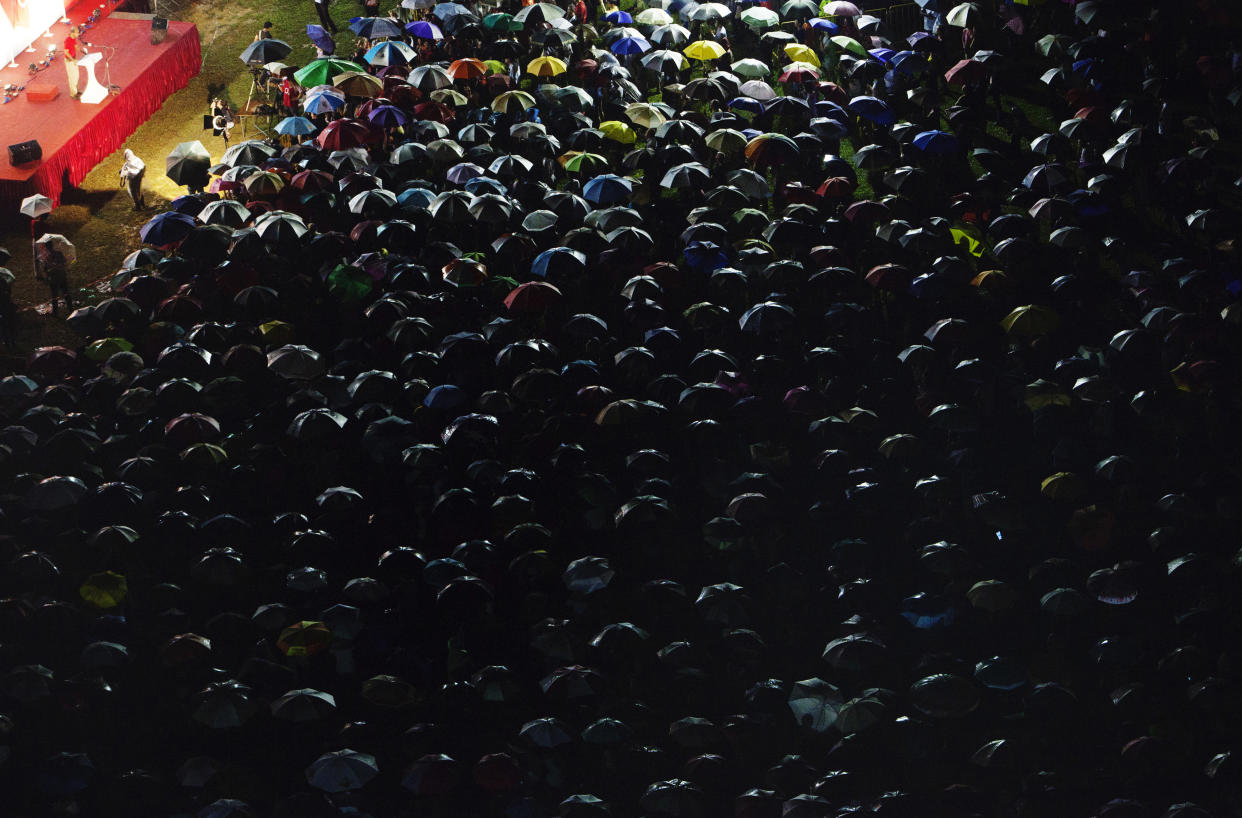GE2020: Timeline of key developments leading to Singapore General Election

SINGAPORE — Signs are pointing to Singapore’s next general election (GE) being held soon amid the ongoing COVID-19 pandemic.
With the electoral boundaries report released in March, the next step towards an election would be the dissolution of Parliament by the president upon the advice of the prime minister. A Writ of Election will then be issued by the returning officer.
Following which, Nomination Day – which marks the start of the campaign period – will take place between five days and one month after the dissolution of Parliament.
Under Singapore law, the minimum number of days for electoral campaigning is nine, after which the country goes to the polls.
For the last general election, the report was submitted to the prime minister on 21 July 2015. Parliament was then dissolved on 25 August that year, with the election held on 11 September.
The next general election must be held by 14 April 2021. Here’s a timeline from April 2019 of some of the key developments leading to the next GE:
2019
1 Apr: Former presidential candidate Dr Tan Cheng Bock’s Progress Singapore Party is formally approved by the Registry of Societies.
1 May: Heng Swee Keat becomes Deputy Prime Minister and remains as Finance Minister as part of a Cabinet reshuffle.
Aug: The Electoral Boundaries Review Committee (EBRC) is convened some time in the month by current Prime Minister Lee Hsien Loong. The EBRC is chaired by the principal private secretary to the prime minister.
It is directed to review the boundaries of the current electoral divisions and recommend the number and boundaries of Group Representation Constituencies (GRCs) and Single Member Constituencies (SMCs).
Aug - Sep: Opposition parties begin their first walkabout for the electoral season.
10 Sep: The Elections Department Singapore (ELD) puts up a tender notice to acquire at least 150 booths by 31 October.
28 Sep: Singapore Democratic Party unveils updates to its election manifesto.
16 Oct: Chiam See Tong steps down as secretary-general of the Singapore People’s Party.
2020
23 Jan: Singapore announces its first case of COVID-19.
12 Mar: The number of polling districts in seven GRCs is adjusted, with six GRCs seeing an increased number of polling districts.
13 Mar: The EBRC report is released. It recommends increasing the number of Members of Parliament from 89 to 93, and scrapping six-member GRCs.
In addition, there will be 14 SMCs and 17 GRCs, up from the current 13 SMCs and 16 GRCs.
7 Apr: Singapore enters partial lockdown, in what the authorities call a circuit breaker.
21 Apr: Lee announces that the lockdown would be extended by four more weeks, to end on 1 June instead of May.
28 Apr: Singapore Democratic Party unveils “Four Yes, One No” general election campaign.
4 May: A bill is passed to allow voters who are subject to movement control orders – such as stay-home notices or quarantine orders – to cast their ballots in the upcoming election. It also allows aspiring election candidates to submit their nomination papers through a representative if they are subject to movement control orders or are hospitalised or in ill health.
26 May: Heng unveils the Fortitude Budget – an unprecedented 4th Budget this year. The total from the four Budgets to combat the impact of the COVID-19 pandemic is $93 billion.
27 May: Heng states that “elections are coming nearer by the day” during a televised interview.
2 Jun: Singapore enters Phase 1 of reopening.
7 Jun: A series of six national broadcasts by Lee and Cabinet Ministers on Singapore’s future in a post-COVID-19 world kicks off.
8 Jun: A circular published in the government e-gazette states that more than 20 permanent secretaries are empowered to invoke the anti-fake news law on behalf of Singapore’s ministers during the election season.
In a media briefing held on the same day, the ELD lays out a series of safety measures for voters and candidates, to be taken in the event that the next election is held amid the COVID-19 pandemic.
15 Jun: Singapore’s 13th political party, Red Dot United, is formally approved by the Registry of Societies.
18 Jun: In its second media briefing on the elections in June, the Elections Department unveils preliminary campaigning guidelines, including the scrapping of physical rallies and capping each group to five persons during walkabouts and door-to-door campaigning.
15-18 Jun: Various opposition parties unveil their candidates, including Reform Party and Progress Singapore Party.
19 Jun: Singapore enters Phase 2 of reopening. This is expected to last several months.
Red Dot United announces its plans to contest in the elections with a team of five members, possibly in the Jurong GRC.
23 Jun: Parliament is dissolved by President Halimah Yacob at the request of Prime Minister Lee Hsien Loong, shortly after a 4pm national broadcast by the latter. A Writ of Election is issued shortly.
Nomination Day is set for 30 June, while Polling Day will take place on 10 July.
On the same day, Progress Singapore Party unveils six more candidates, while Workers’ Party unveils 12 presumptive candidates with one notable exception: former WP chief Low Thia Khiang.
Stay in the know on-the-go: Join Yahoo Singapore's Telegram channel at http://t.me/YahooSingapore
More Singapore stories:
FAQ: Your guide to Phase 2 of the reopening of Singapore
COVID-19: No physical rallies, cap of 5 per group for walkabouts if general election held



